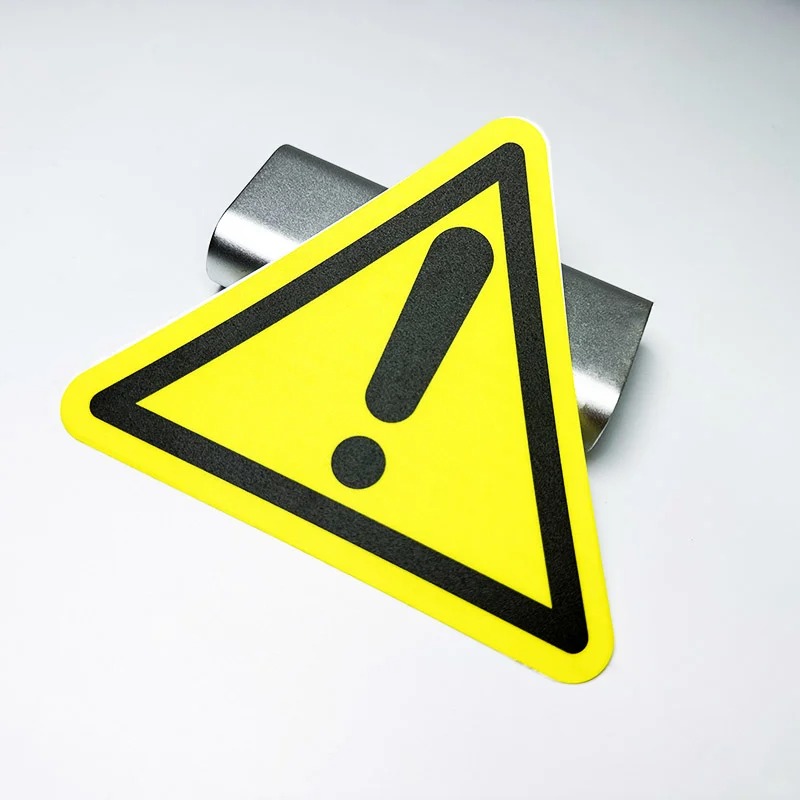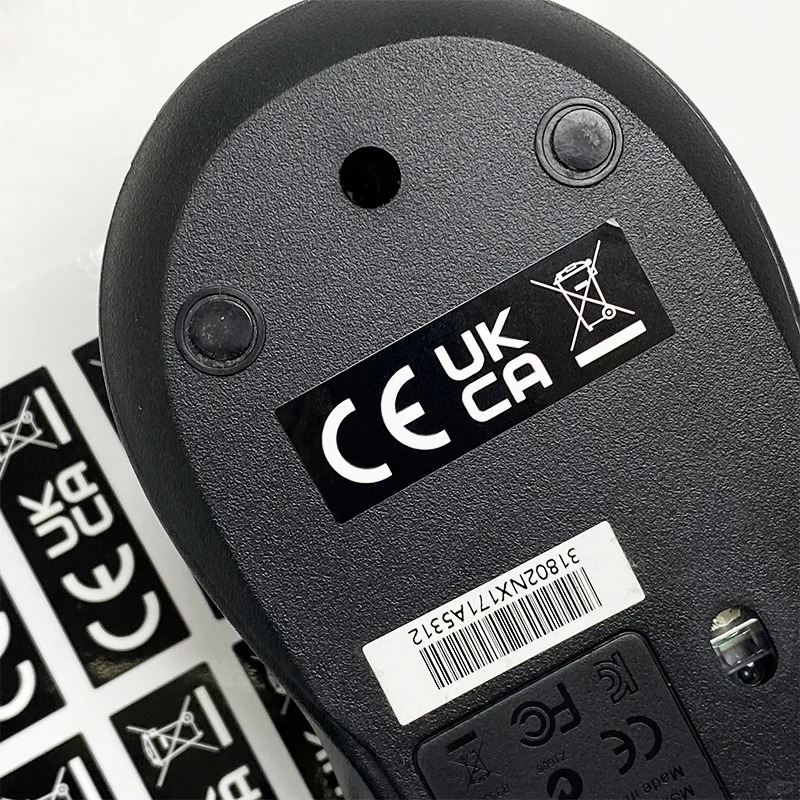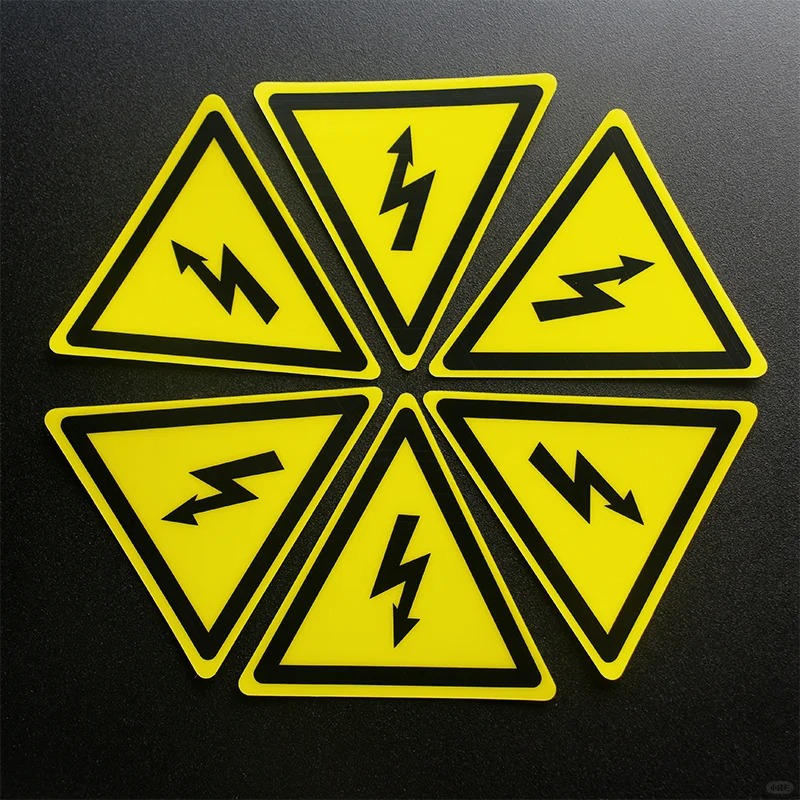
Low temperature and freezing resistant labels made of special adhesive materials
Frozen labels are generally used in damp and low-temperature places. If ordinary labels are used in cold storage, they are easily deformed, wrinkled, and peeled off, while professional frozen labels can withstand harsh environments and temperature changes. Therefore, the selection of materials is crucial in the production of frozen labels. This type of label uses special adhesive that can withstand harsh environments and is specifically designed for all frozen storage applications, including liquid nitrogen, freezing, and ultra-low temperature freezing. It is also suitable for most cultivation and incubation processes
When labeling in low temperature environments, ordinary adhesives will become hard and brittle, resulting in a significant decrease in viscosity. In addition, the surface of the object being labeled in low-temperature environments may have moisture or even frost, which also increases the difficulty of labeling. Therefore, labeling at low temperatures not only tests the adhesive, but also imposes strict requirements on the water and tear resistance of the surface material
Application areas of frozen labels:
Cold chain logistics
Frozen product price tag
Frozen food
Winter Northern Logistics
Vaccine refrigerated transportation
Low temperature environment traceability system
Characteristics of low-temperature environment labeling:
Most low-temperature labeling requires the surface material to have moisture resistance. Adhesive has low viscosity in low temperature environments and is prone to warping after labeling. Some of the surfaces of the stickers may have condensation water
The label selected in such an environment must have good moisture resistance and low temperature resistance characteristics. There are various types of bottom adhesives for labels, and labels in cold storage must use low-temperature resistant adhesives. If the adhesive label is pasted at room temperature and then placed in the cold storage, the surface paper of the adhesive label should be selected with a certain degree of elasticity. Due to the fact that the packaging form of the item may be ordinary paper packaging or nylon bag packaging, different materials of labels can be selected or customized according to the needs

Attach warning labels: How to identify hazardous areas in the workplace
Ensuring safety is one of the primary responsibilities in the workplace. It is crucial to quickly identify hazardous areas in order to reduce accidents and potential injuries, and this is where safety warning labels come into play. Safety warning labels are an efficient risk notification tool that alerts potential hazards in the work environment through prominent colors, clear text, and intuitive icons.
The design of safety warning labels takes into account both recognizability and directness of information. Usually, colors such as red, yellow, or orange that can quickly attract attention are used, accompanied by concrete warning graphics, such as lightning representing electric shock danger or flames representing flammable materials. In addition, the text on the safety warning label is concise and clear, directly telling employees what to pay attention to and how to take action to avoid potential harm. Understanding how to correctly use and identify these warning labels is particularly important for achieving workplace safety and reducing the likelihood of accidents.

Can CE labels be affixed freely?
CE labels cannot be affixed casually. When a product is labeled with CE, it means that the product has been evaluated and meets the safety, health, and environmental protection requirements of the EU Economic Area, and can be sold throughout the entire EU Economic Area.
The CE label is a safety certification label that serves as a passport for manufacturers to enter the European market. Products with the CE label can be sold within each member state of the European Union without meeting the requirements of each member state, thus achieving free circulation of goods within the EU member states.
The CE label must be affixed in a prominent position on the product, which should be clear and distinguishable, and not easy to apply. Usually, the CE label is affixed to the product or its parameter label; If the CE label cannot be directly affixed to the product, it can also be attached to the packaging or accompanying documents of the product, but it is necessary to prove the reason why the CE label cannot be affixed to the product.

Outdoor sunscreen labels, should we choose PET or PVC material?
Both PET and PVC have good flexibility, but PVC is softer than PET in terms of durability against sunlight. PVC has superior durability and stronger weather resistance compared to PET
But in recent years, with people paying more and more attention to environmental protection. Due to the non degradable nature of PVC material, most customers choose to use PET material, which is environmentally friendly and biodegradable, for products that can cause irreversible damage in the environment.
PET can be selected in different thicknesses according to different sun protection requirements and years of sun protection. We have 50 #, 100 #, as well as 0.188, 0.25 or thicker thicknesses. In addition, combined with UV printing, for products with a longer sun protection period, such as 5 years or more, screen printing will be used to ensure that the label meets the sun protection requirements of the environment in which the product is applied.
Classification of sterilization indicator cards
-
Process chemical indicator card: Used for individual items or packages to indicate whether the item has undergone a sterilization process, distinguishing between sterilized and non-sterilized items, such as chemical indicator tape.
-
Special test chemical indicator card: Used for specific experimental operations related to sterilizers or sterilization standards, such as various B-D test papers. It detects the effectiveness of cold air removal and saturated steam penetration in pre-vacuum sterilizers, as well as any air leaks.
-
Single-parameter chemical indicator card: Used for testing a single parameter during the sterilization process, such as gas concentration indicator cards (e.g., hydrogen peroxide low-temperature plasma).
-
Multi-parameter chemical indicator card: Features two or more key parameters (time, temperature, humidity, gas concentration, steam saturation level).
-
Comprehensive parameter chemical indicator card: A specialized indicator card that reacts to all parameters within the specified range during various sterilization processes, with set values reaching the inactivation level.
-
Simulated chemical indicator card: An indicator card that reacts to all evaluation parameters within the specified range of each sterilization cycle, with set values based on the selected sterilization program settings.
We offer comprehensive technical support, including free professional labeling solutions, advice on label materials and adhesive selection, as well as online/offline assistance from professional software and hardware engineers. Service email: andy@ownlikes.cn. In pre-sales, we leverage our extensive experience in specialty labeling projects to provide clients with the most suitable hardware solutions. Additionally, all our label barcode printers and scanners come with a three-year free warranty, demonstrating our confidence in our products.




